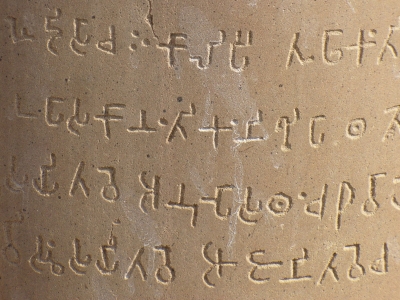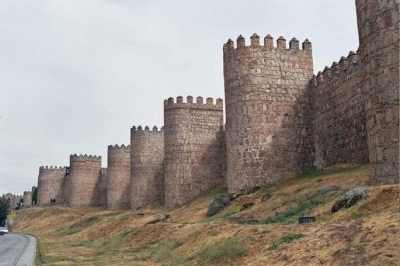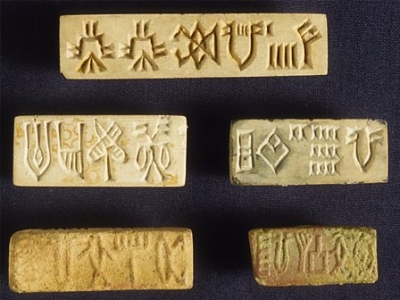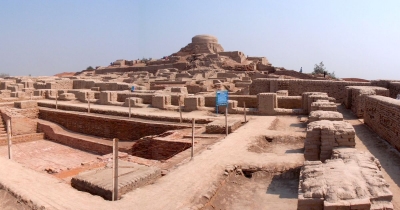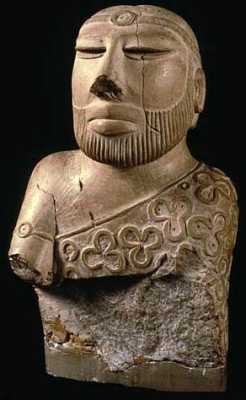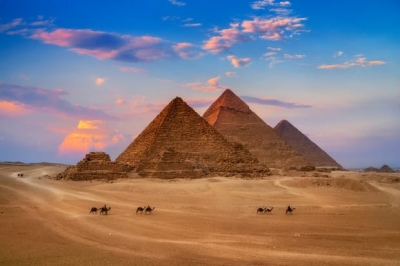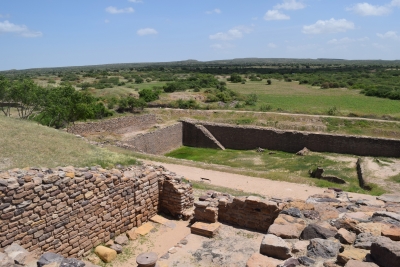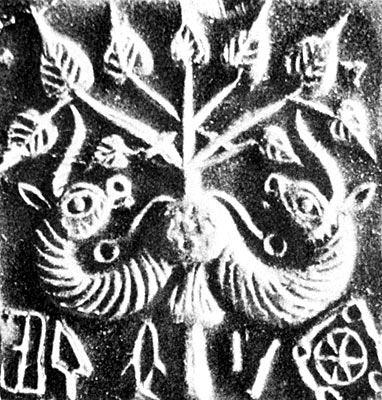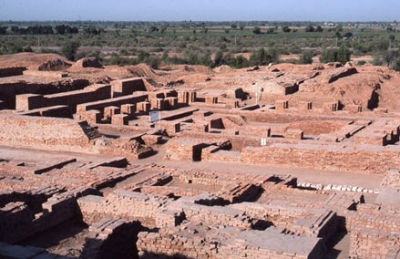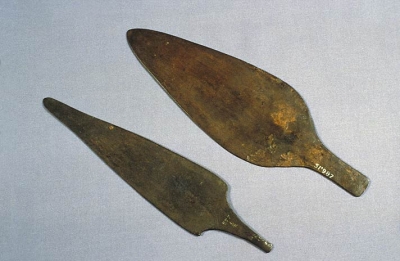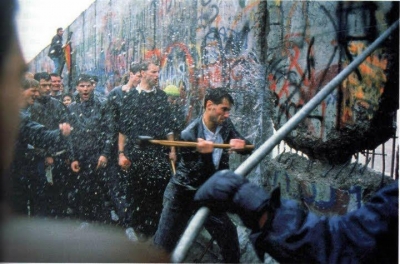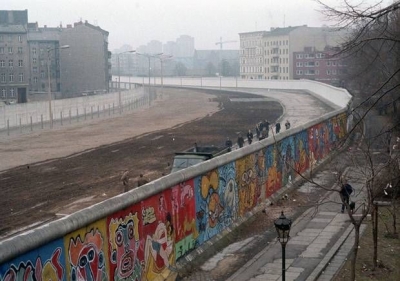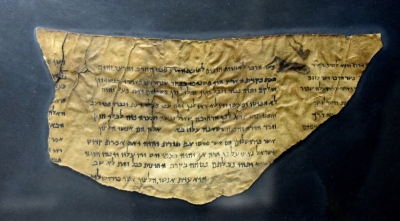What is the history of Mudejar Architecture of Aragon?
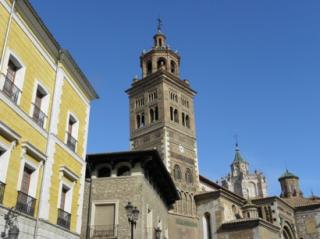
The Mudejar architecture of Aragon is centred in the autonomous community of Aragon in Spain. It consists of three provinces, namely Huesca, Teruel and Zaragoza. Known for its Mudejar art, a type of ornamentation and decoration used in the Iberian Christian kingdoms, the buildings in Aragon started following this style in the 12th century. Most of these buildings can be found in the valleys of the Ebero, Jalon and Jiloca. Some of the buildings in the city together represent the architectural form in the UNESCO World Heritage list.
Mudejar art
The Mudejar art emerged as an architectural style in the 12 the Century in the Liberian peninsula. The style evolved as a result of Jewish, Muslim and Christian cultures living side by side in medieval Spain. The art form is influenced by Islamic tradition but also reflects contemporary European styles, particularly the Gothic.
The materials used to construct the buildings in Aragon were typical of Islamic art. These include brick, ceramics, plaster, and wood. The ten buildings which are part of the UNESCO Heritage site, have decorative motifs from a variety of traditions including Byzantine, Greco-Roman, Sassanid, Berber, Seljuq and Visigoth.
Most of these monuments have rhombus-shaped mouldings called seqba, stars, interlaced and angled brick freezes, and multi-grooved arches, with elements of construction characteristic of Islamic art such as alfiz panels, decorative eaves and lattice work.
What made it to the list?
A total of ten buildings constitute the Mudejar Architecture of Aragon. Each of these buildings is unique in terms of design, though they are all based on one architectural style. The first manifestations of the Aragonese Mudejar have two origins – one maintained Islamic ornamental tradition in the Aljaferia Palace, and the other is the tradition of developing Romanesque architecture using brickwork instead of masonry. Examples of this kind of Mudejar architecture can be found in the churches of Daroca whose construction began in stone in the 12th Century but finished in the 13th Century with Mudejar brick panels.
The buildings
- Tower, roof and dome of the Cathedral of Saint Mary of Mediavilla, also known as the Teruel Cathedral. This is a Roman Catholic Church dedicated to St. Mary.
- Tower and church of San Pedro, also known as San Pedro Church. This is a 14th Century church and a 13th Century bell tower in Teruel.
- Tower and church of San Martin, built in 1316, and renovated in the 16th Century.
- Tower and church of The Savior, also known as the Tower of the church of San Salvador, a Mudejar bell tower and a church.
- Apse, cloister and tower of Colegiata de Santa Maria, or the Collegiate church of St Mary Major, a Mudejar-gothic style, Roman Catholic church.
- Parish church of Santa Tecla, a church-fortress in the Aragonese Mudejar style.
- Church of Saint Mary in Tobed, a church-fortress in the Aragonese Mudejar style.
- Mudejar remains of the Palace of Aljaferia, a fortified medieval palace, and the only conserved testimony of a large building of Spanish Islamic architecture.
- Tower and Parish church of San Pablo, a Gothic-Mudejar church.
- Apse, parish and dome of La Seo, also known as the Cathedral of the Savior of Zaragoza, is a Roman Catholic cathedral in Zaragoza.
Picture Credit : Google
